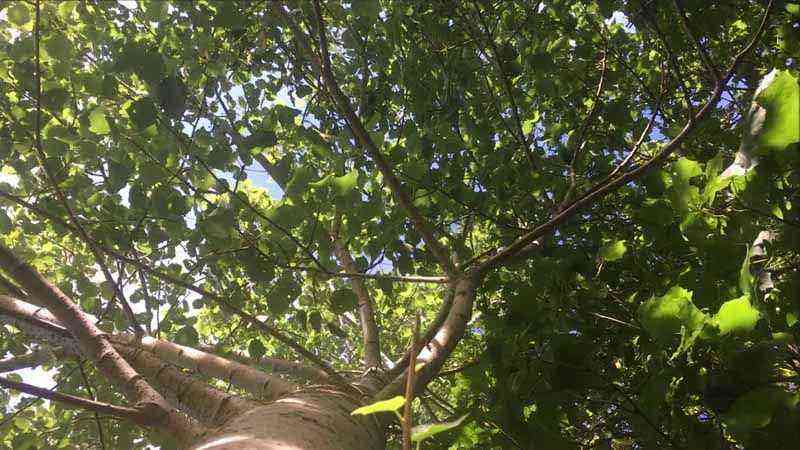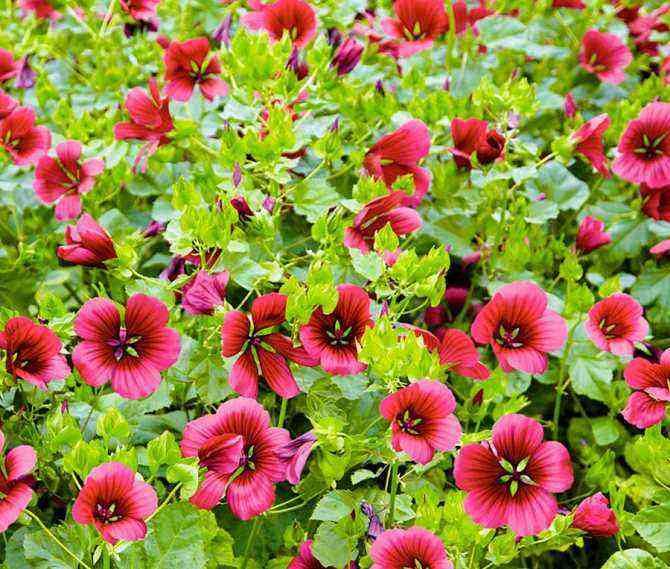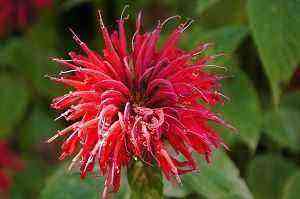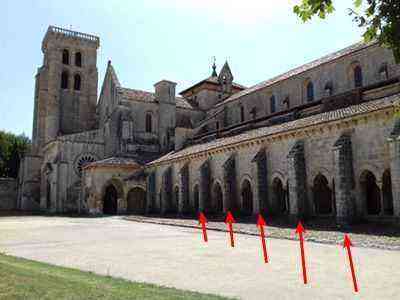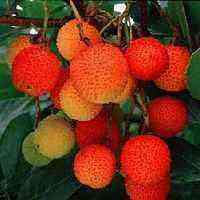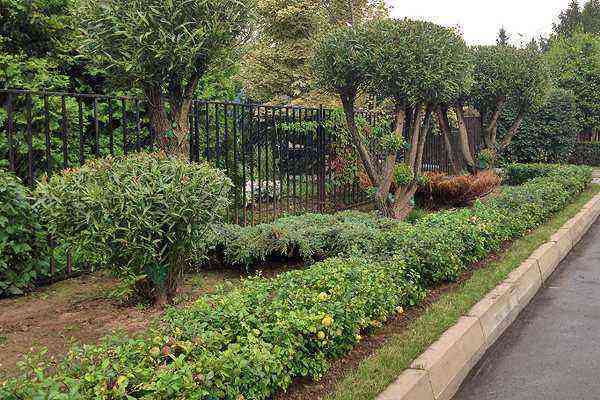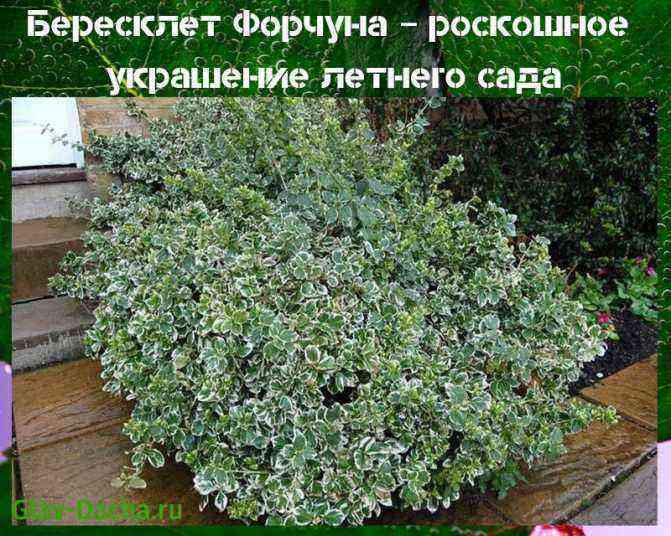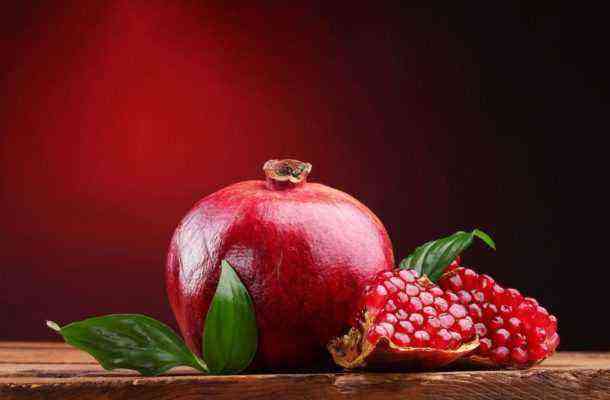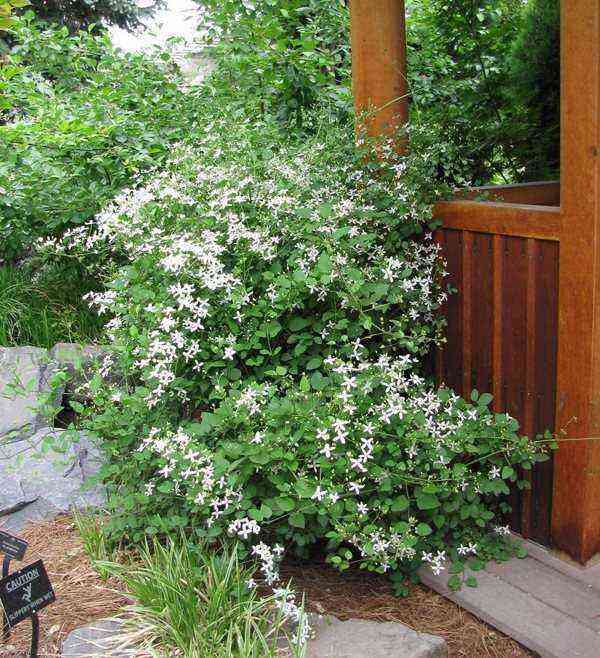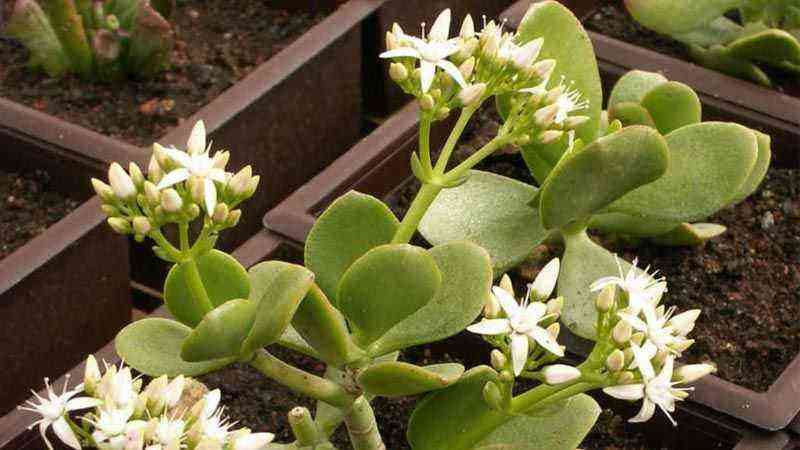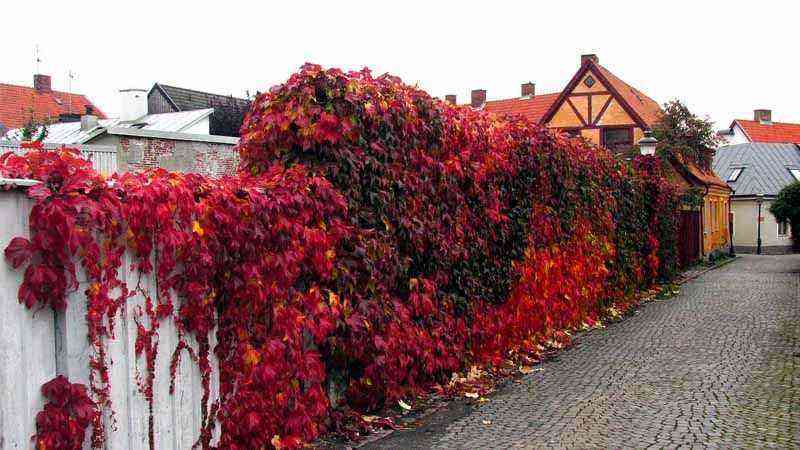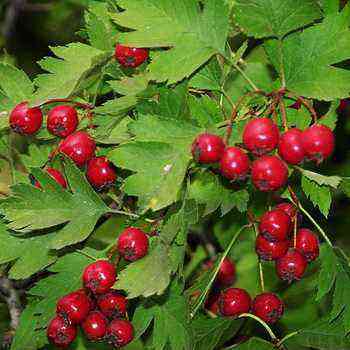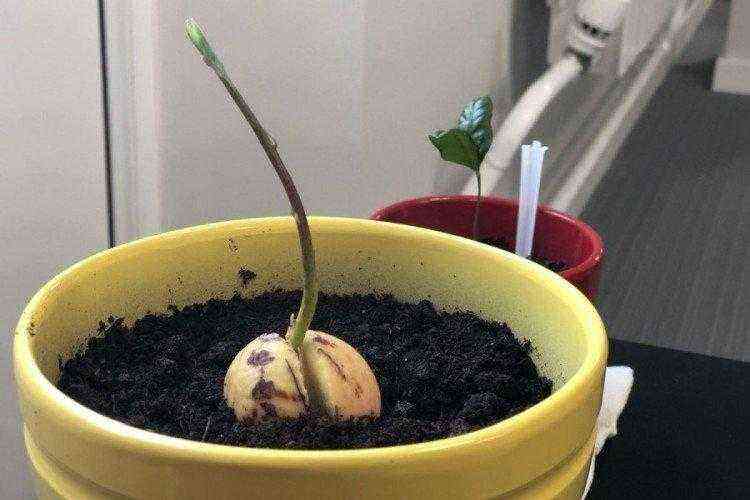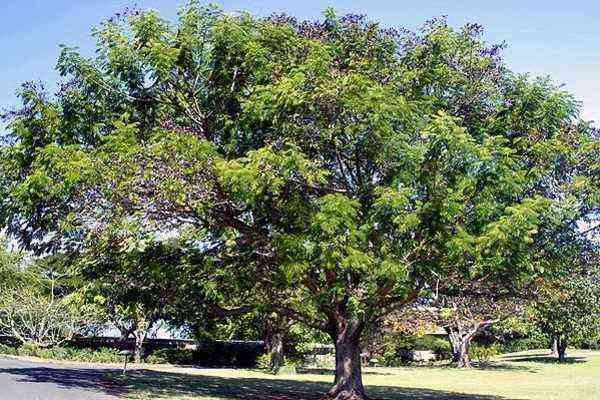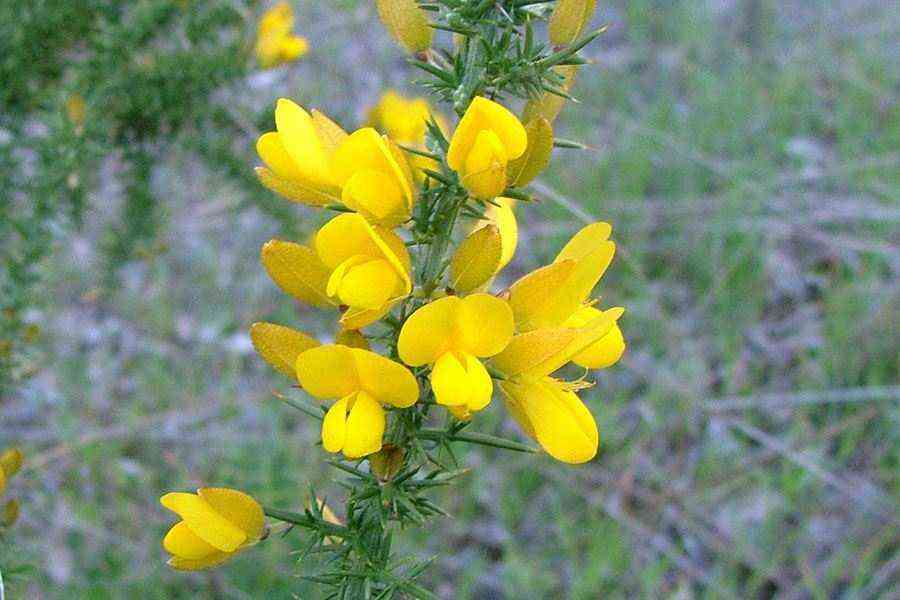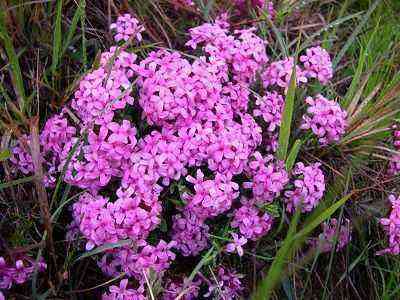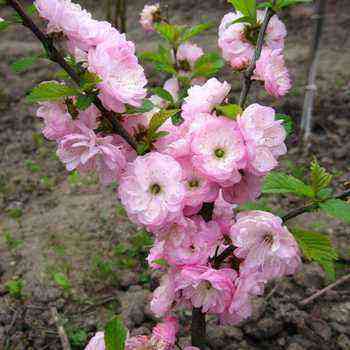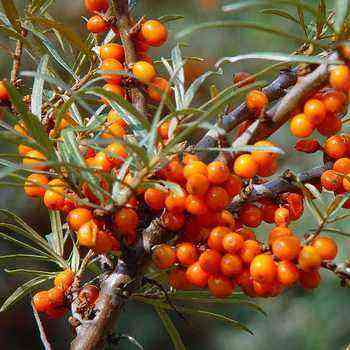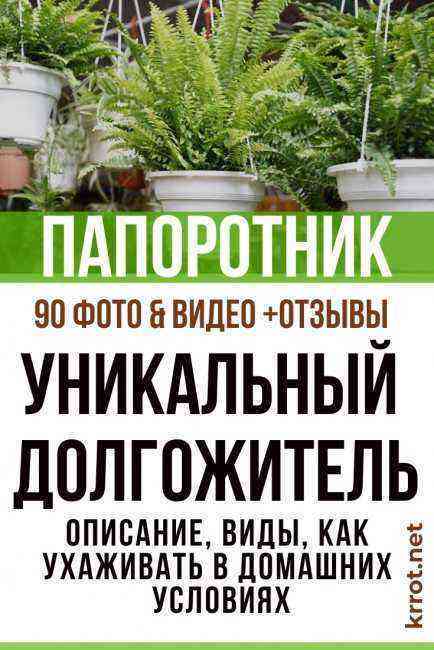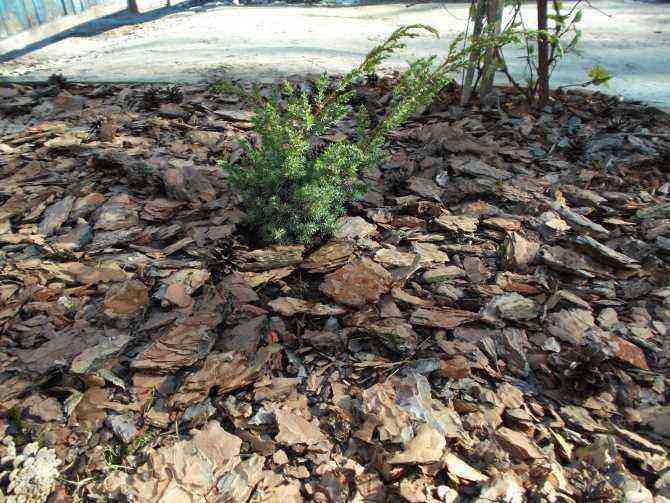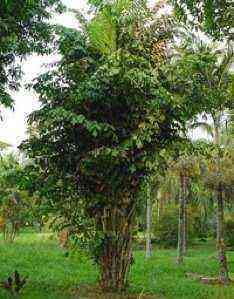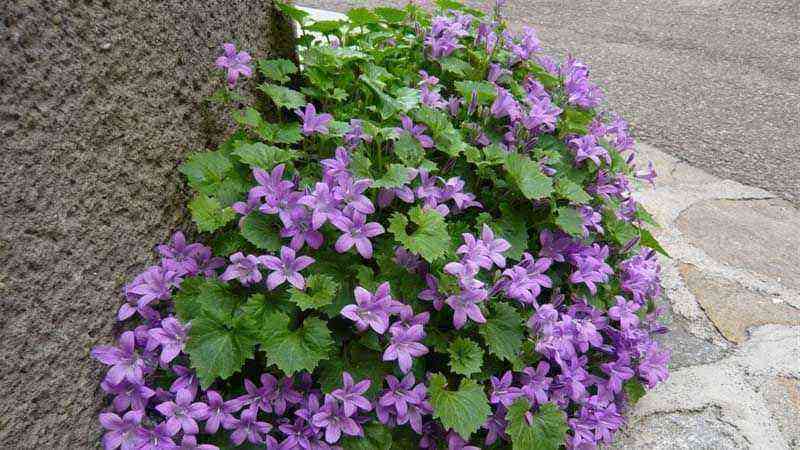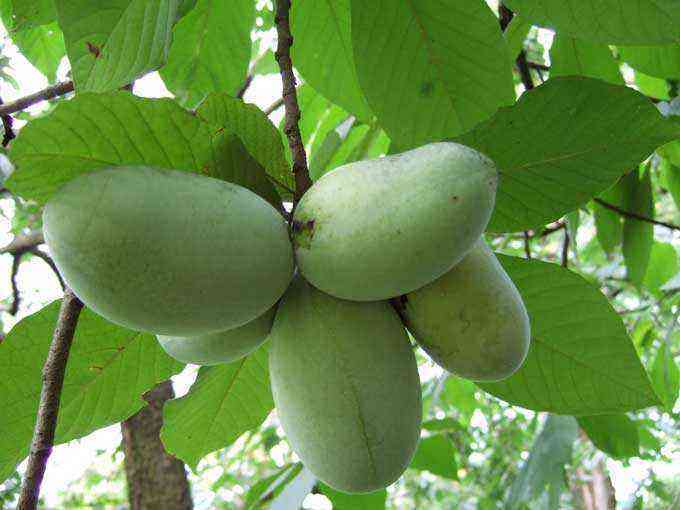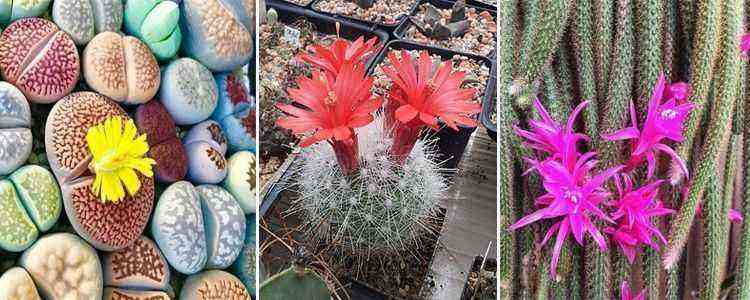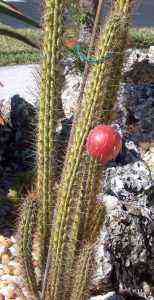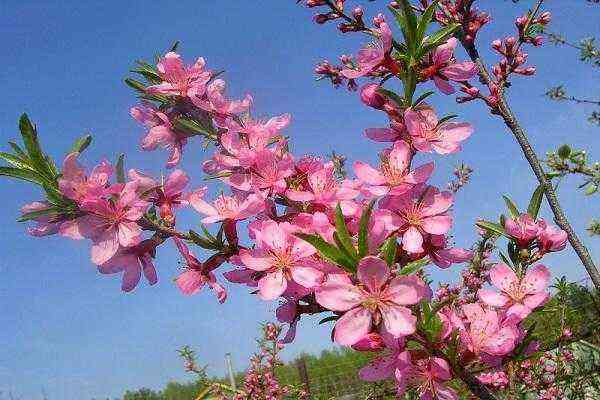If you have a garden but the grass resists you and you want to stop having to worry about all the care it entails but you don’t want to stop enjoying a very green garden, don’t worry because we bring you the solution: Lippia nodiflora.
This perennial plant is also known as Bella Alfombra or Lipia, and being a upholstery plant It is the perfect option to replace the classic lawn. Forget about so much maintenance and go ahead and discover this excellent alternative to have a beautiful garden.
Characteristics Lippia nodiflora
So that you can better understand the care and needs of the Lippia nodiflora, first we are going to explain the characteristics of this plant. This way it will be even easier for you to take care of it and make your garden look spectacular.
Within the family of Verbenaceae, includes gender Lippia It is made up of about 200 species of shrubs whose origin comes from the tropical and subtropical regions of America and Africa. Specifically this species comes from Central America.
Apart from Bella Alfombra and Lipia, she is also known by her scientific synonyms for Phyla Nodiflora y Lippia Canescens.
It is a upholstery plant that is expanding along the ground, developing roots as it spreads. Lipia is a plant that it barely lifts 10 centimeters from the ground, However, as it develops while rapidly covering the ground, its extended stems can reach between 30 and 90 centimeters.
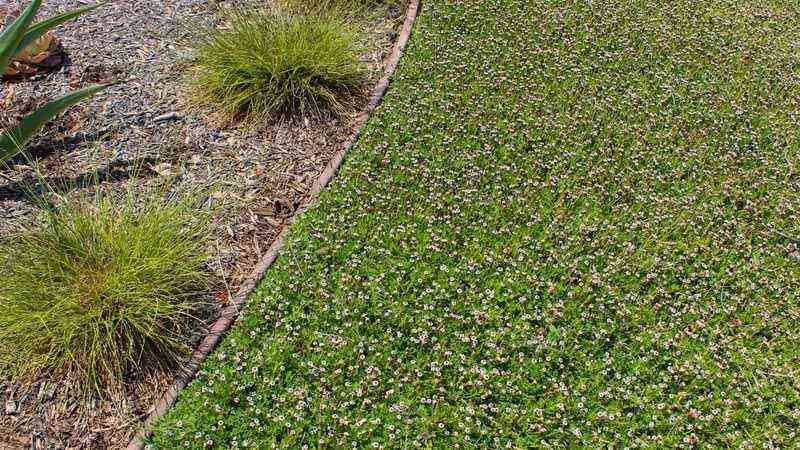

It has small oval green leaves and a serrated edge. On winter they change to a reddish tone, which in a way makes this plant lose its ornamental capacity because with this color it does not look as good as it does at other times of the year.
La Lippia nodiflora you have abundant flowers small and aromatic, which occur in groups of concentrated flowers. They are usually white in color with a yellow center, with a diameter of around 2,5 millimeters. These plants bloom from mid-spring to almost late summer.
It is worth highlighting an important point of this species and that is that due to its melliferous character causes you to constantly have bees This is great for pollination but not so good if you are scared or there are children nearby flitting around the garden.
They are an excellent option for mediterranean coastal gardens and for the cities for their great resistance to contamination. In addition, they withstand constant trampling quite well, grows quite aggressively longitudinally quite quickly, being able to become an invasive plant.
Cultivation of Lippia nodiflora
Now that you know the characteristics of Lipia, you have seen that it is a fairly resistant plant and that it will not require half as much care as grass. Take note of what you are going to read next, in order to have a Lippia nodiflora healthy and shine with all its splendor.
Temperatures and exposure
This type of upholstery plant is used in rockeries and also
to fix slopes and cover dry areas of gardens or paths. Will prefer temperate climates where winters are mild, so it is very normal to see it in area gardens mediterranean even if they are near the sea, since it supports the saline environment. And it is a plant that does not withstand frost well, losing its leaves from -5ºC.
La Bella Alfombra will grow best if it is in a sunny area, although it can also be in semi-shade. If you decide to plant it in an area with full sun, keep in mind that it will need more copious waterings.
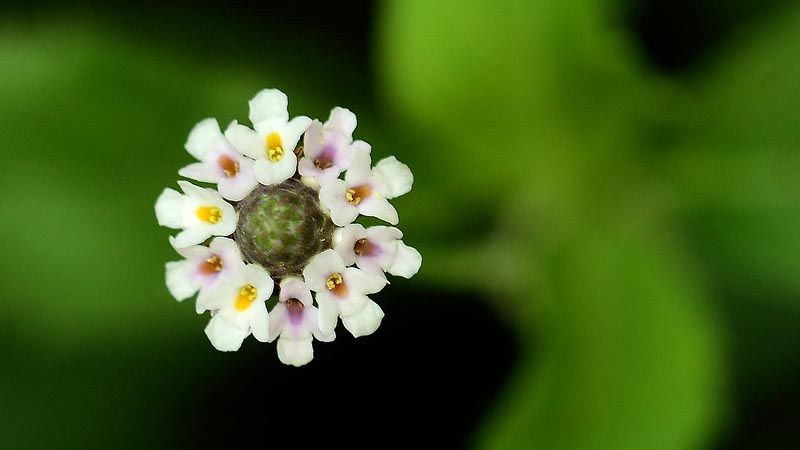

Lipia flower detail. Photo by: holdit.
Irrigation
Continuing with the theme of irrigation, it is not a very demanding plant in this regard and can endure prolonged periods of droughtHowever, it will always be more leafy and will look better if you water it regularly. Specifically in summer it is recommended that riegues the plant at least 1 time every 10 – 15 days.
Land
Regarding the ground, the Lippia nodiflora it is not demanding, tolerating different types of soils (even limestone) as long as they are well drained. In addition, it does not require any fertilizer. However, it is advisable that you use a slow release fertilizer in spring to help the plant withstand the colder seasons better.
To plant the Lipia, it is advisable to do it in autumn or spring. You can sow between 5 and 15 seedlings for every square meter. If you want a higher density plant between 10 and 12, leaving little space between them, so you will quickly achieve that carpet effect. Also, doing it this way will make it easier for you to see the weeds that may come out and eliminate it more easily.
At first you will have to be aware of the plants, watering them with a higher frequency than normal until fully rooted. From that moment on, you can reduce the frequency with which you water.
It is important that never put a weed screen, since this plant requires land to be able to expand through it and with this it will not be able to.
Pruning and diseases. Two issues that hardly matter
Finally, with regard to the pruning it would be advisable that you carry out a harvest a year in the event that the Lippia nodiflora reach more than 10 centimeters in height. Although the normal thing will be that when it extends it does so at the height of the ground.
It is a very resistant plant to diseases and pest attacks. Likewise, there are usually no serious diseases that can lead to the wilting of the plant.
Without a doubt after seeing how easy to care for the Lippia nodiflora And what a good option it is for sustainable or low-maintenance gardens, surely you are considering adding this wonderful plant to your garden.
It is perfect for giving that touch of natural magic to a meadow, covering a slope, planting between slabs to make a path with a different air or even on a staircase. You will not regret!
Cover photo of: lluisanunez




